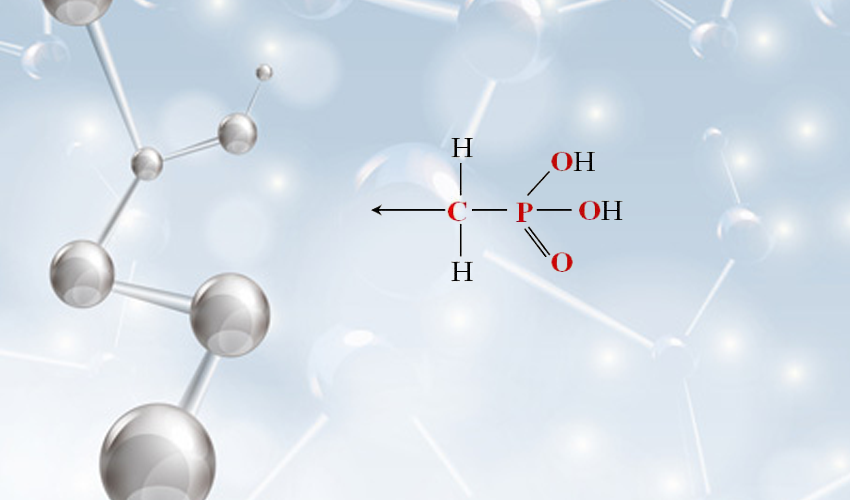poly aluminium chloride uses in water treatment
Poly Aluminium Chloride A Key Player in Water Treatment
Poly Aluminium Chloride (PAC) has emerged as a critical chemical compound used in water treatment processes across the globe
. This coagulant is widely recognized for its efficiency in purifying water, making it an essential component in municipal and industrial water treatment systems.PAC is a water-soluble inorganic polymer that consists of aluminum ions and chloride. It is produced through the hydrolysis of aluminum salts, resulting in a product that can effectively remove impurities from water. Its primary role in water treatment is to facilitate the coagulation and flocculation processes, which are vital for the removal of suspended solids, organic matter, and other contaminants.
One of the key advantages of PAC is its effectiveness at a wide range of pH levels. Unlike traditional coagulants such as aluminum sulfate, PAC can function optimally in various water quality conditions, making it suitable for diverse water treatment applications. This versatility is particularly beneficial in areas where water sources may be subject to varying levels of turbidity and organic loading.
poly aluminium chloride uses in water treatment

In municipal water treatment, PAC helps ensure the production of clean drinking water. It promotes the aggregation of fine particles, allowing them to form larger flocs that can be easily removed through sedimentation and filtration. This process significantly decreases the concentration of harmful microorganisms and pollutants, resulting in safer and clearer water for consumption.
Moreover, PAC is not only used in drinking water treatment; it is also useful in wastewater treatment facilities. In these settings, PAC assists in the removal of suspended solids and phosphates, contributing to the overall reduction of environmental impact. By optimizing the coagulation process, PAC helps achieve a higher quality of effluent, which is crucial for meeting regulatory standards and protecting aquatic ecosystems.
Another notable benefit of using PAC is its lower dosage requirement compared to other coagulants. This characteristic leads to cost savings in chemical usage and minimizes the generation of sludge, simplifying the disposal process and reducing operational costs for water treatment facilities.
In conclusion, Poly Aluminium Chloride is an invaluable asset in the field of water treatment. Its effectiveness in coagulation and flocculation, coupled with its versatility and cost-efficiency, makes it a preferred choice for both municipal and industrial applications. As the world continues to face challenges related to water quality and availability, the role of PAC in ensuring clean and safe water cannot be overstated. Its increasing adoption in treatment facilities worldwide reflects a growing commitment to improving water sustainability and public health.
-
lk-319-special-scale-and-corrosion-inhibitor-for-steel-plants-advanced-solutions-for-industrial-water-systemsNewsAug.22,2025
-
flocculant-water-treatment-essential-chemical-solutions-for-purification-processesNewsAug.22,2025
-
isothiazolinones-versatile-microbial-control-agents-for-industrial-and-consumer-applicationsNewsAug.22,2025
-
scale-inhibitor-key-solutions-for-water-system-scale-preventionNewsAug.22,2025
-
organophosphonates-versatile-scale-inhibitors-for-industrial-water-systemsNewsAug.22,2025
-
scale-and-corrosion-inhibitor-essential-chemical-solutions-for-water-system-maintenanceNewsAug.22,2025





